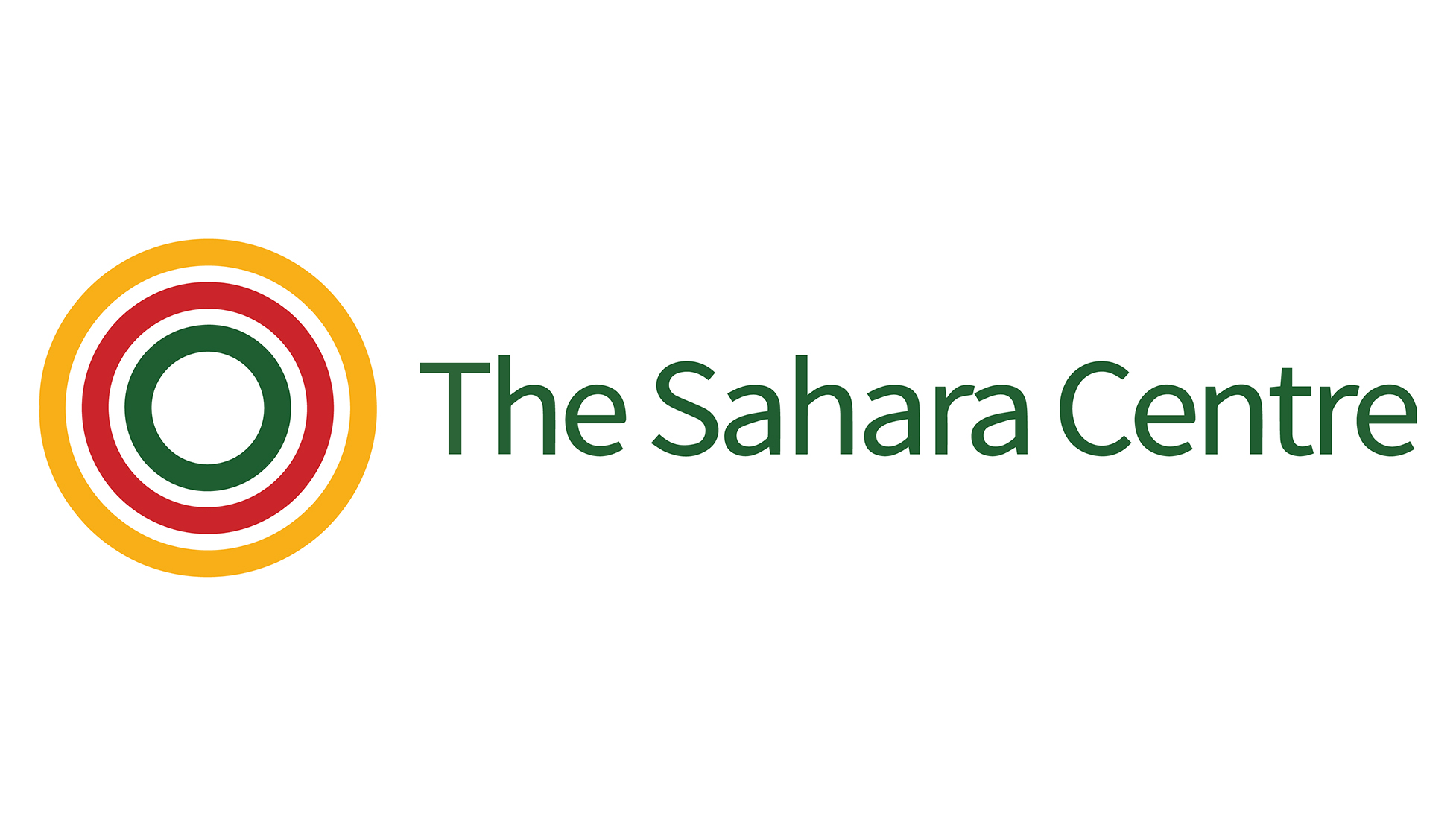
The Sahara Centre is a nonprofit organization dedicated to empowering the creative industries as catalysts for social cohesion in Nigeria. As co-conveners of the Lantern Art Space Fellowship, the Sahara Centre provided the foundational framework that enabled the formation of the Creative Alliance and the development of the TALE project. Their mission to harness the transformative potential of creativity for nation-building is deeply aligned with our own. Through research, immersive workshops, and policy-driven advocacy, the Sahara Centre creates the conditions for creative practitioners to engage critically with society, foster collective memory, and imagine alternative futures. Their support has been essential in enabling us to approach cultural memory and public space through a lens of creativity, care, and civic responsibility.
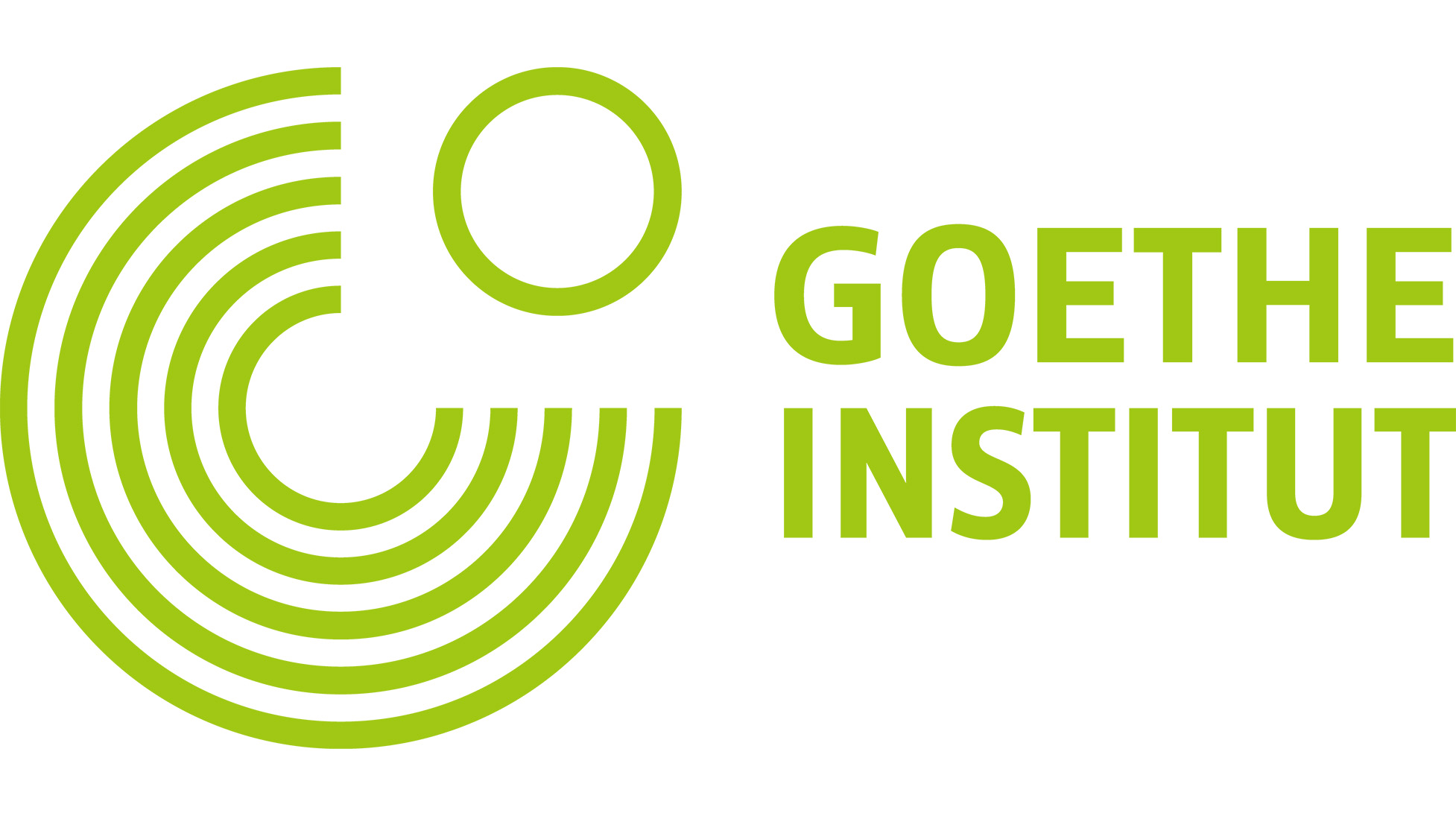
Goethe-Institut Nigeria has been a crucial institutional partner in the development and amplification of the TALE project. As co-conveners of the Lantern Art Space Fellowship, they provided funding and support that enabled the Creative Alliance to present our early research, documentary film, and exhibition during a public showcase at their Lagos space in December 2024. Their commitment extended into the second phase of the project, offering continued funding and institutional backing as we deepened our engagement with community stakeholders, unearthed archival
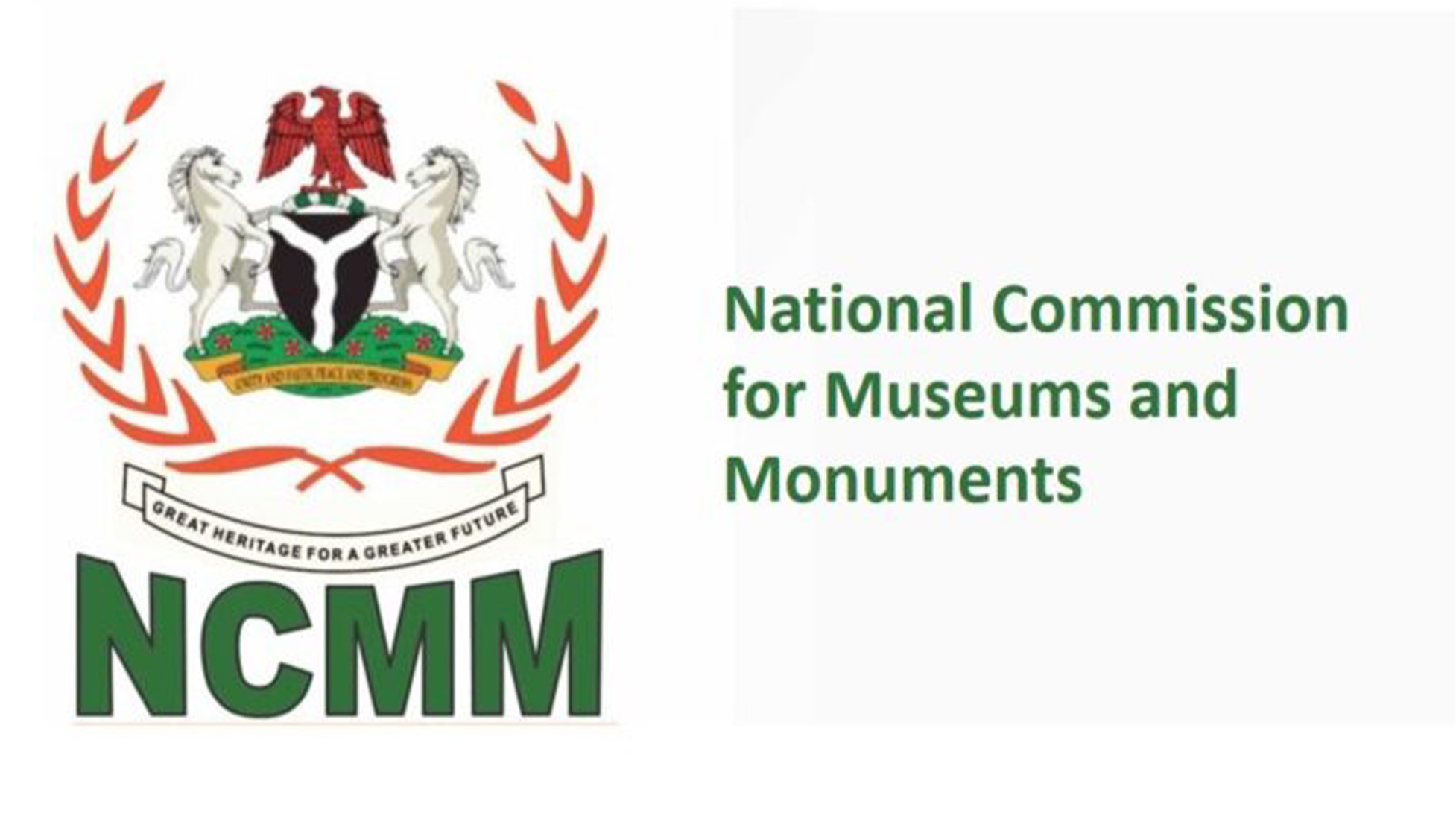
The National Commission for Museums and Monuments (NCMM) has been a foundational institutional partner to the TALE project, offering critical access, expertise, and guidance throughout our engagement with the Old Secretariat building. As the federal agency tasked with the preservation and management of Nigeria’s tangible and intangible heritage, NCMM’s support enabled the Creative Alliance to move from research into site-specific storytelling.
Under the leadership of Mr. Olugbile Holloway, Director General of the NCMM, the Commission facilitated our formal access to the Old Secretariat building, supporting our efforts to assess the site and conduct key elements of our documentary filming. His commitment to rethinking public engagement with heritage sites aligned closely with our goals of transforming historic architecture into living cultural spaces.
At the National Museum Lagos, Mrs. Nkechi Adedeji, Curator, offered an essential institutional perspective on the realities of heritage management today. Her insights into the policies and responsibilities that govern the stewardship of buildings like the Old Secretariat helped frame our project within the broader national context of cultural preservation, access, and public memory.
Mrs. Grace Ifeadi, Head of the Heritage Department at the museum, brought deep historical knowledge to the project, sharing context on the building’s past, its custodianship, and possible futures. Her contributions helped enrich both our understanding and our storytelling, adding nuance to the ways we approached the site’s layered narrative.
Together, the support of the NCMM—through its leadership and museum staff—has been integral to the TALE project’s unfolding, enabling us to ground our creative interventions in rigorous historical knowledge and institutional collaboration.
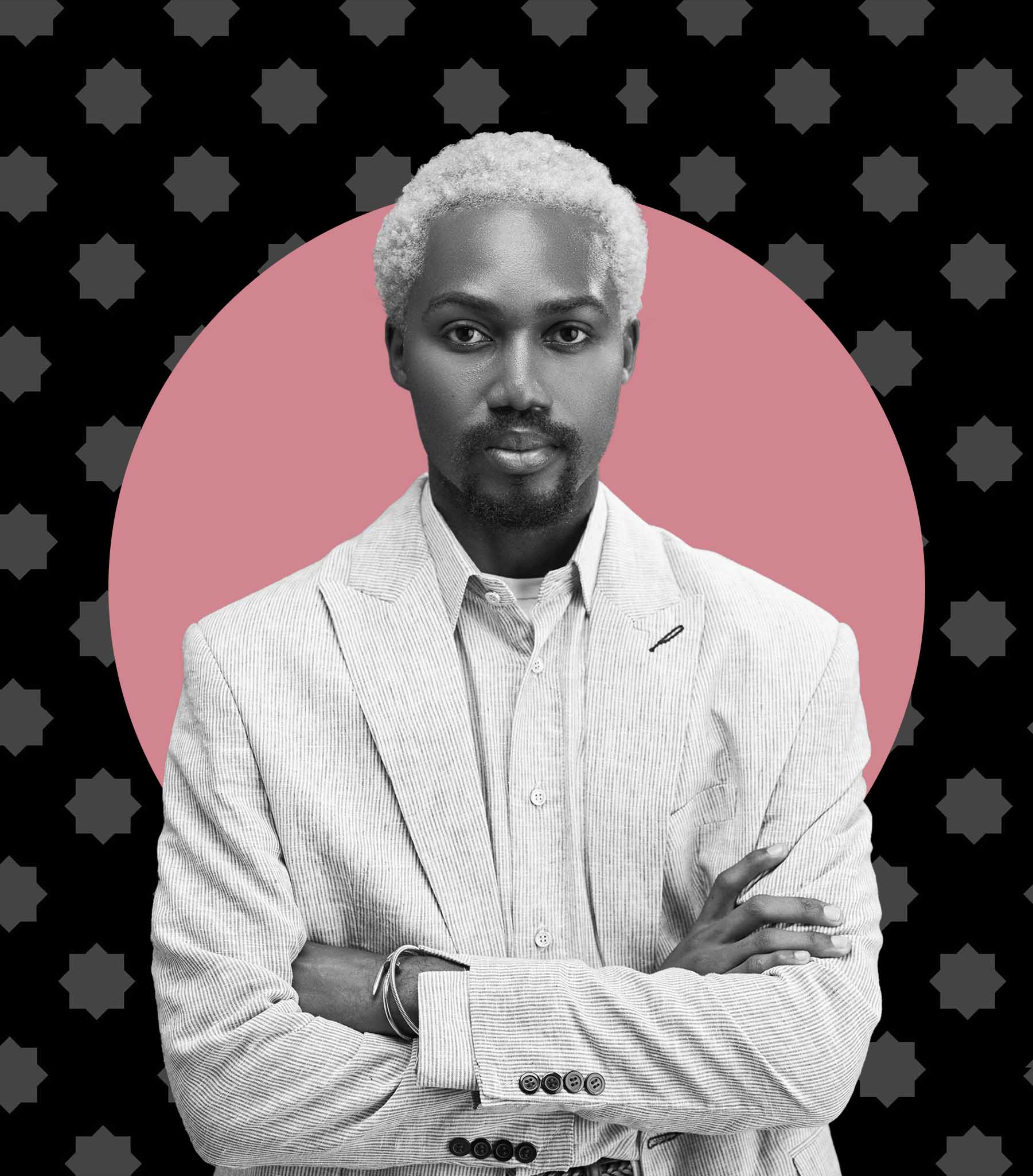 Kelechi Ujagbor
Kelechi Ujagbor A core research collaborator on the TALE project, Kelechi’s deep knowledge of Lagos’ architectural and civic history helped ground our exploration in rigorous historical context. His work traces the political transitions and urban narratives that have shaped the Old Secretariat, offering clarity and continuity to our storytelling.
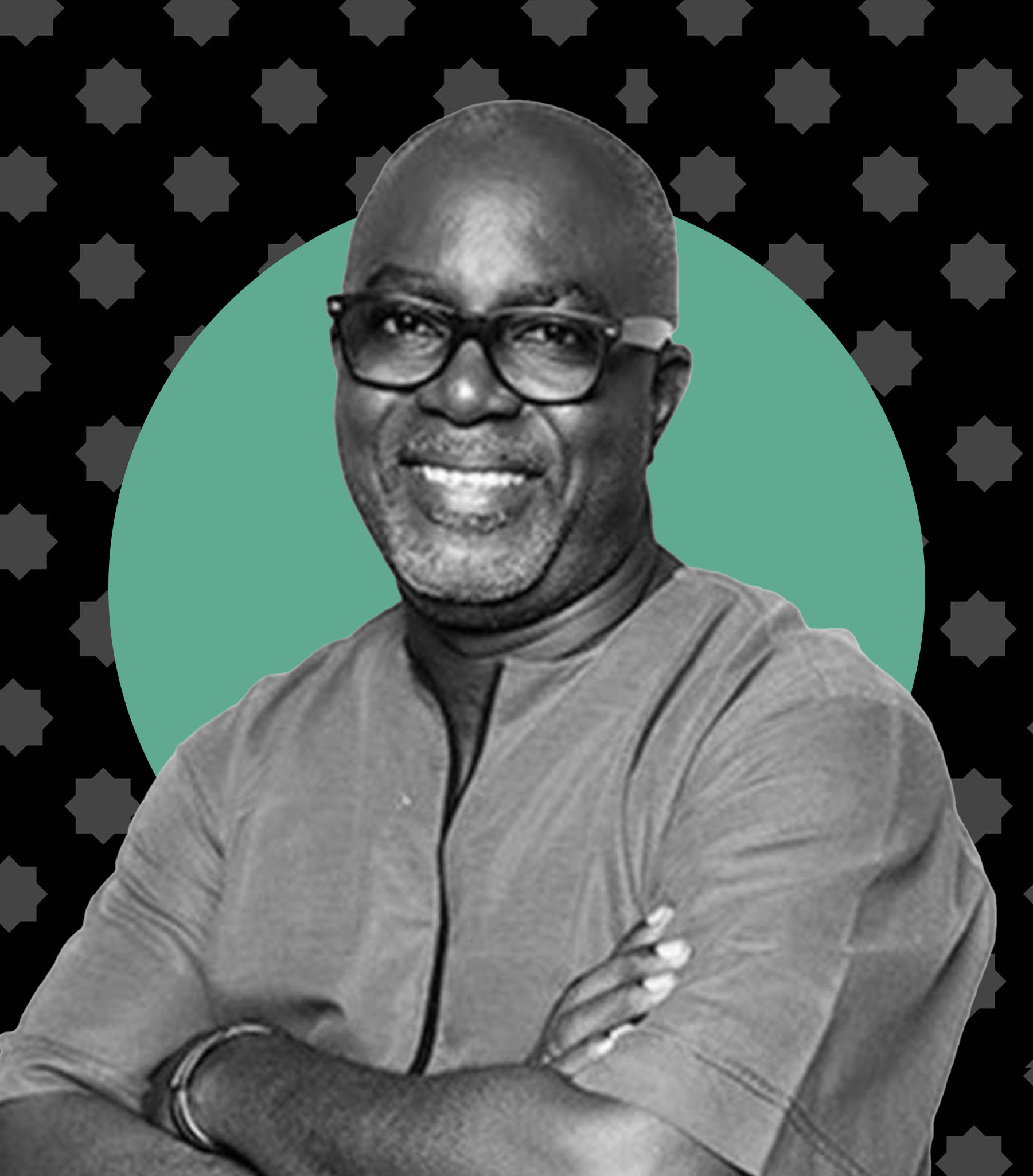 Theo Lawson
Theo Lawson With decades of experience in adaptive reuse and cultural regeneration, Theo Lawson shared visionary insights on transforming civic buildings into spaces of public imagination. His reflections—shaped by his pioneering work on Freedom Park—helped us envision the Old Secretariat not as a relic, but as a living site of potential and expression.
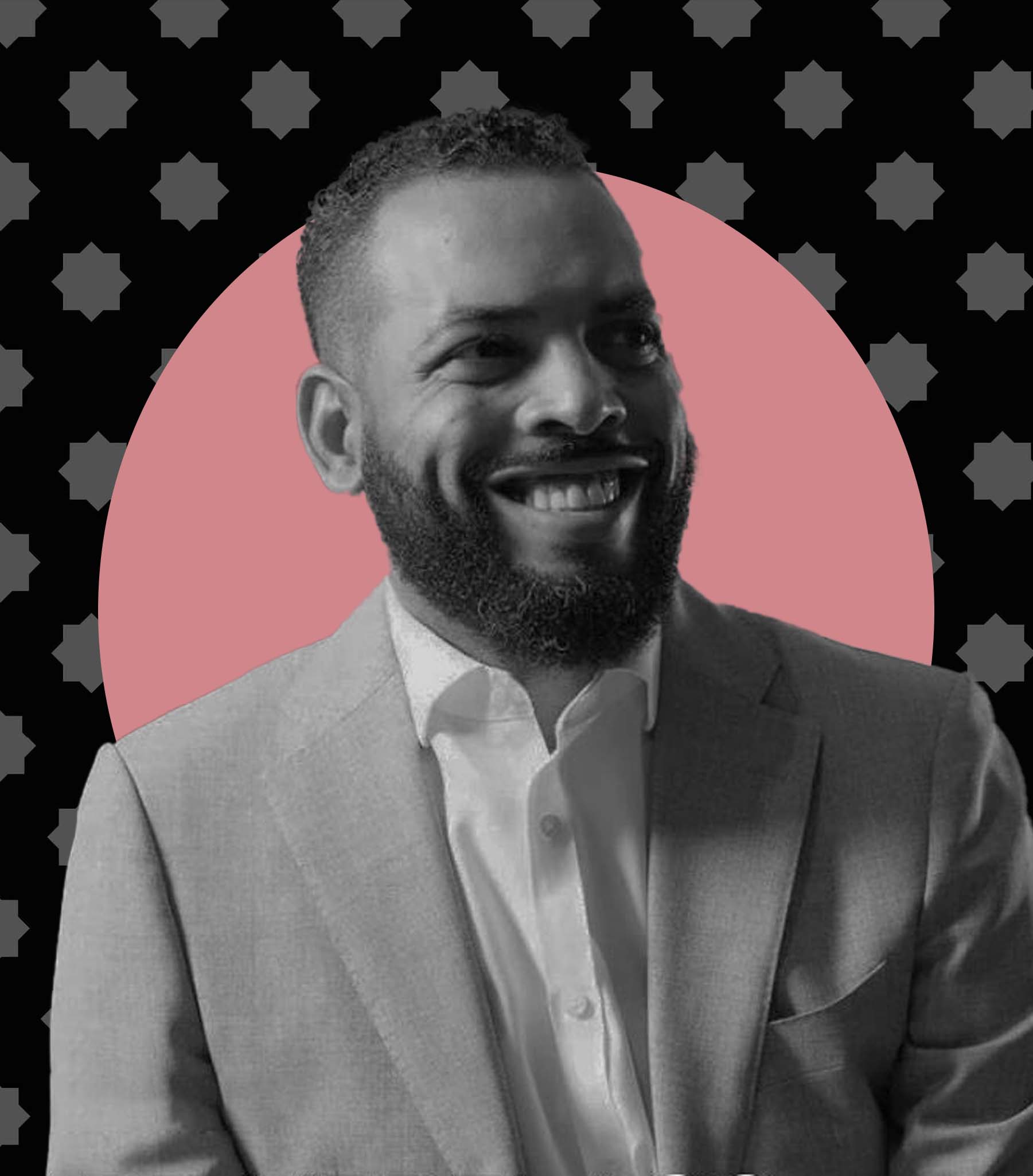 Richard Vedelago
Richard Vedelago As founder of Nahous, an experimental cultural space housed in the iconic Federal Palace building, Richard Vedelago brings a sharp curatorial vision rooted in urban history, speculative design, and cultural memory. Through his interview for the TALE documentary, Richard offered thoughtful insights on the relationship between architecture, collective imagination, and cultural reuse in postcolonial cities like Lagos.
His reflections underscored the importance of creating spaces where history is not just preserved, but actively interpreted through contemporary lenses.
Nahous—under his direction—stands as a compelling model for how civic architecture can be reactivated to house creative dialogue and public engagement.
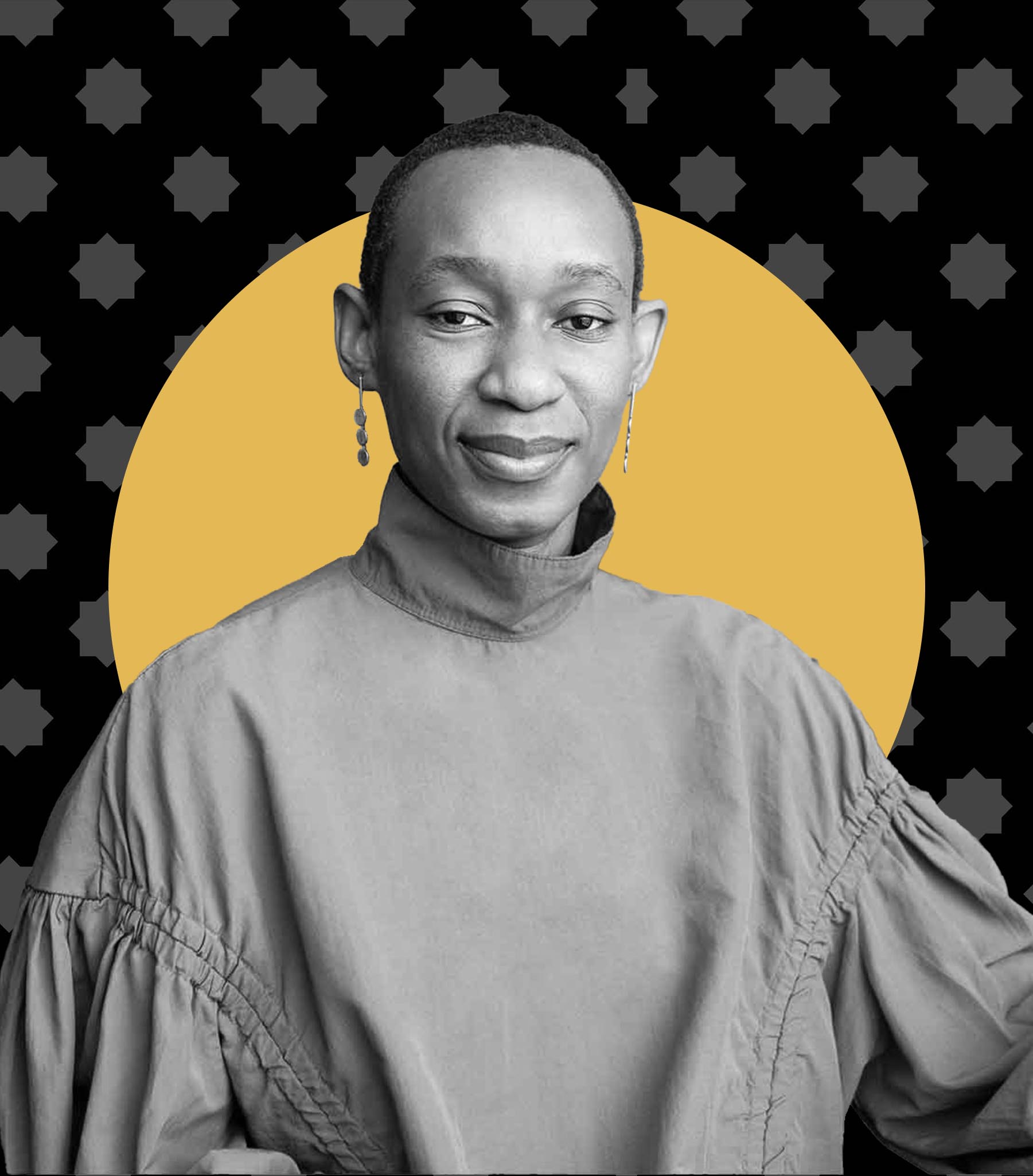 Amanda Iheme
Amanda Iheme As one of Nigeria’s foremost architectural photographers, Amanda brings both an artistic and preservationist lens to her documentation of the built environment. Her evocative images of the Old Secretariat—graciously licensed for the TALE project—reveal the emotional and historical textures of civic space in Lagos. Her participation in our documentary and reflections on cultural memory continue to inform our curatorial vision.
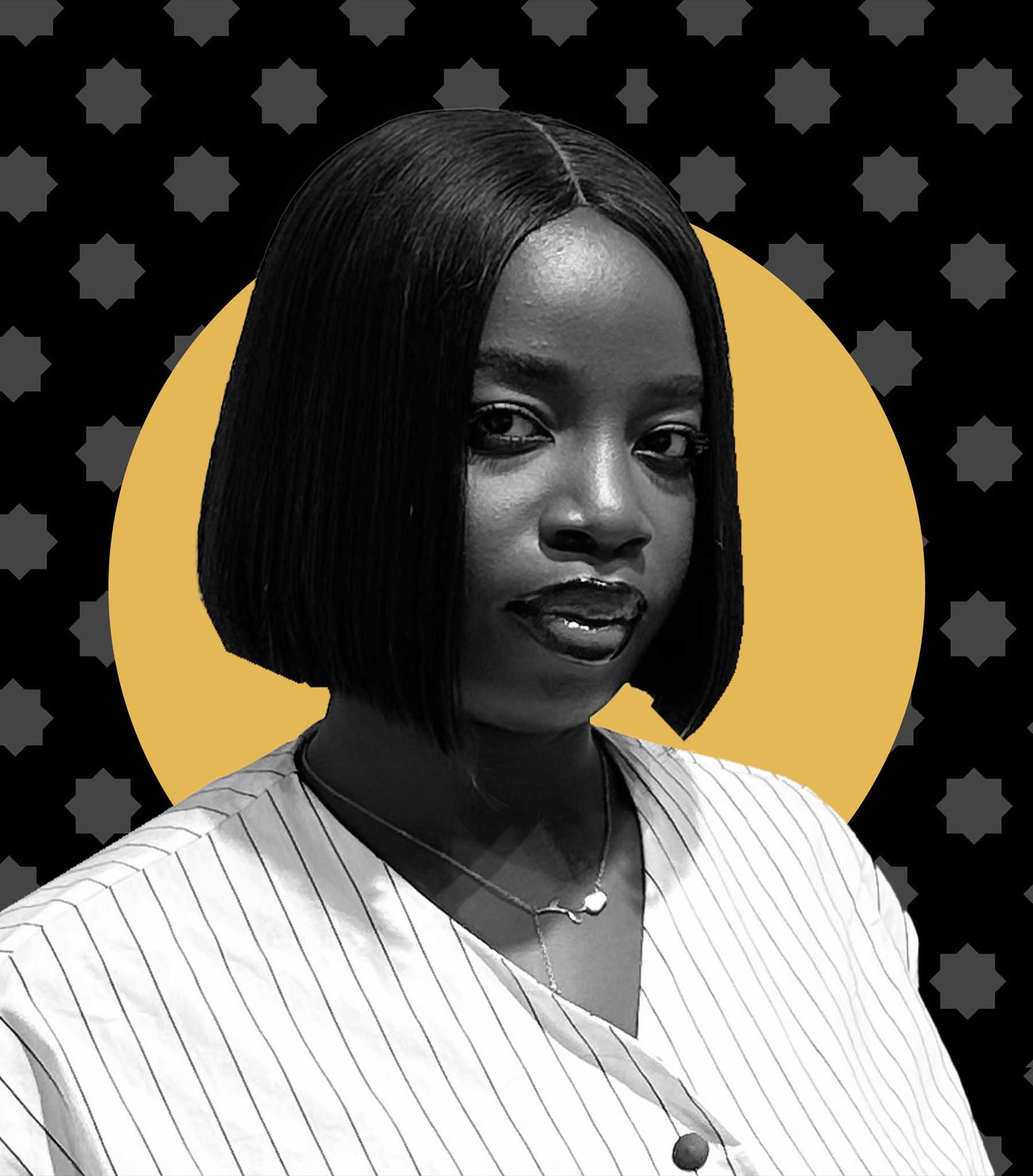 Oluwajomiloju Adeyemi
Oluwajomiloju Adeyemi Oluwajomiloju Adeyemi is an architect working at the intersection of interior design, spatial storytelling, and immersive experience. Her contributions to TALE include the experience and exhibition design for our upcoming show at the National Museum in Onikan, where her thoughtful approach helps translate research and memory into spatial form.
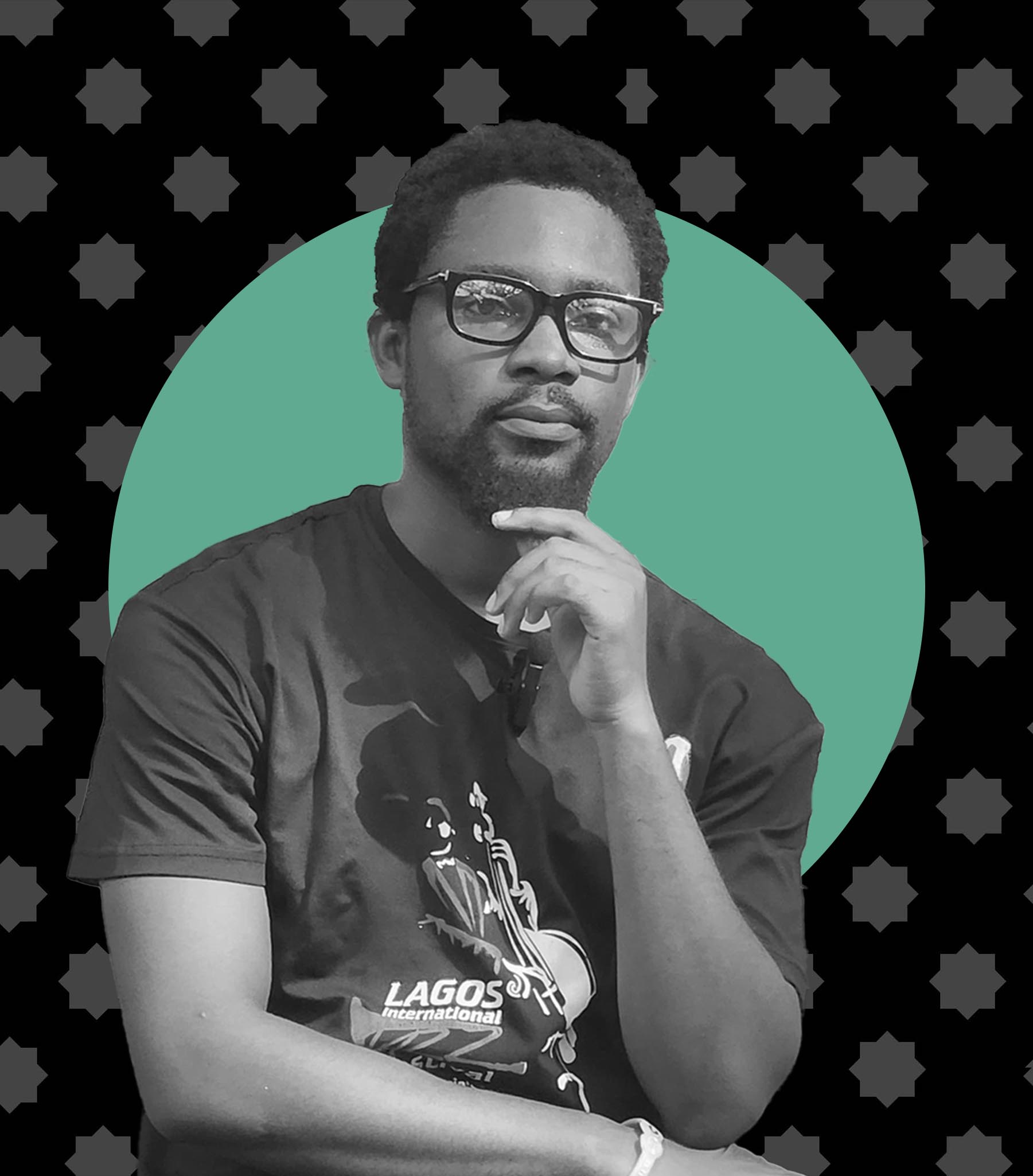 Daniel Onyemelukwe
Daniel Onyemelukwe Daniel brought the narratives of Freedom Park to life through rich historical context and storytelling. His reflections on the transformation of that space offered both inspiration and practical grounding for how repurposed sites can become stages for cultural memory and civic engagement.
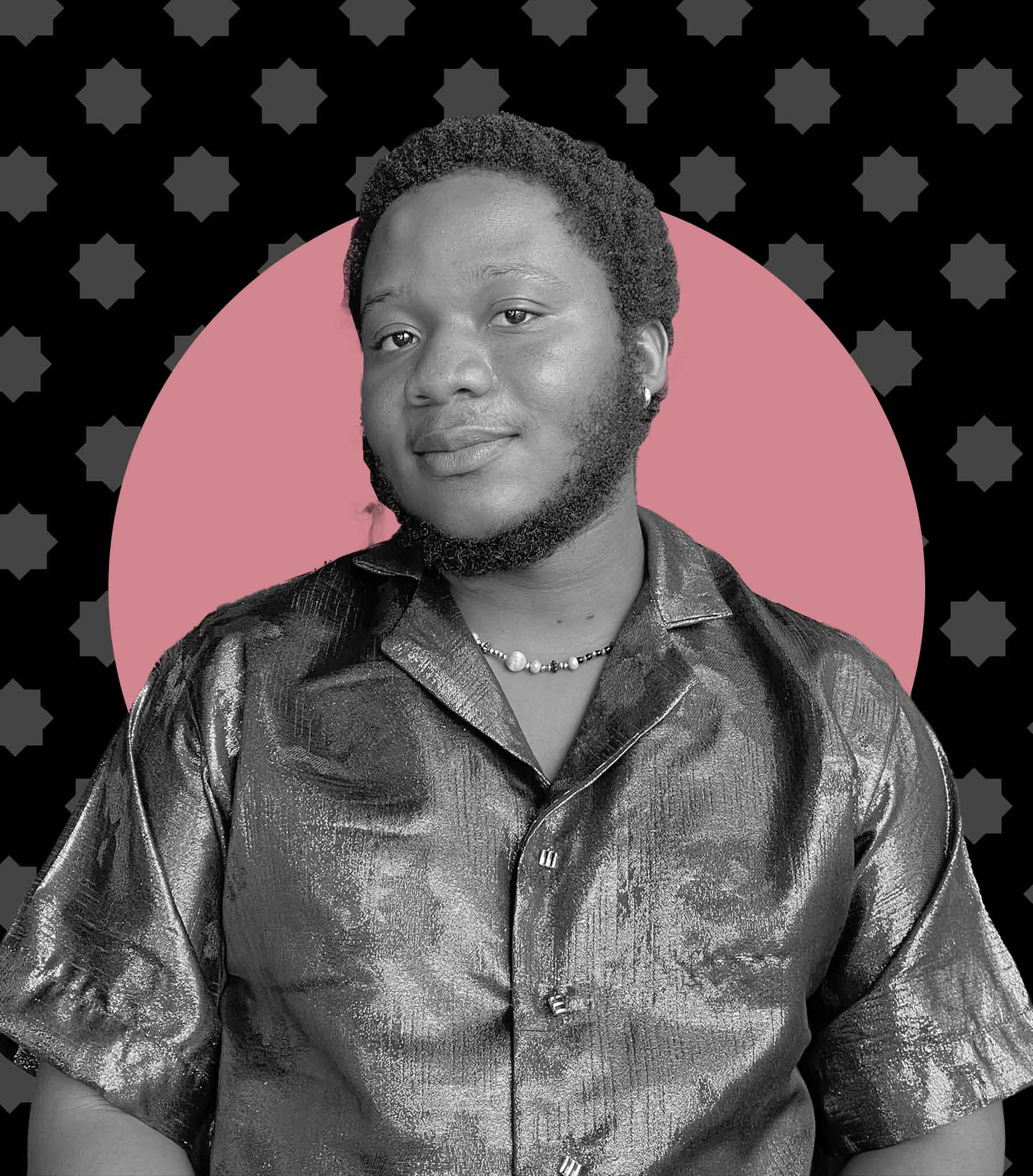 Ife Arowolawun
Ife Arowolawun Working at the intersection of photography and emerging technology, Ife contributed speculative visualizations of the Old Secretariat using AI. His reimaginings of the building offered us an early glimpse into the potential of the site as a future venue for the TALE exhibition at Goethe-Institut Nigeria in December 2024.
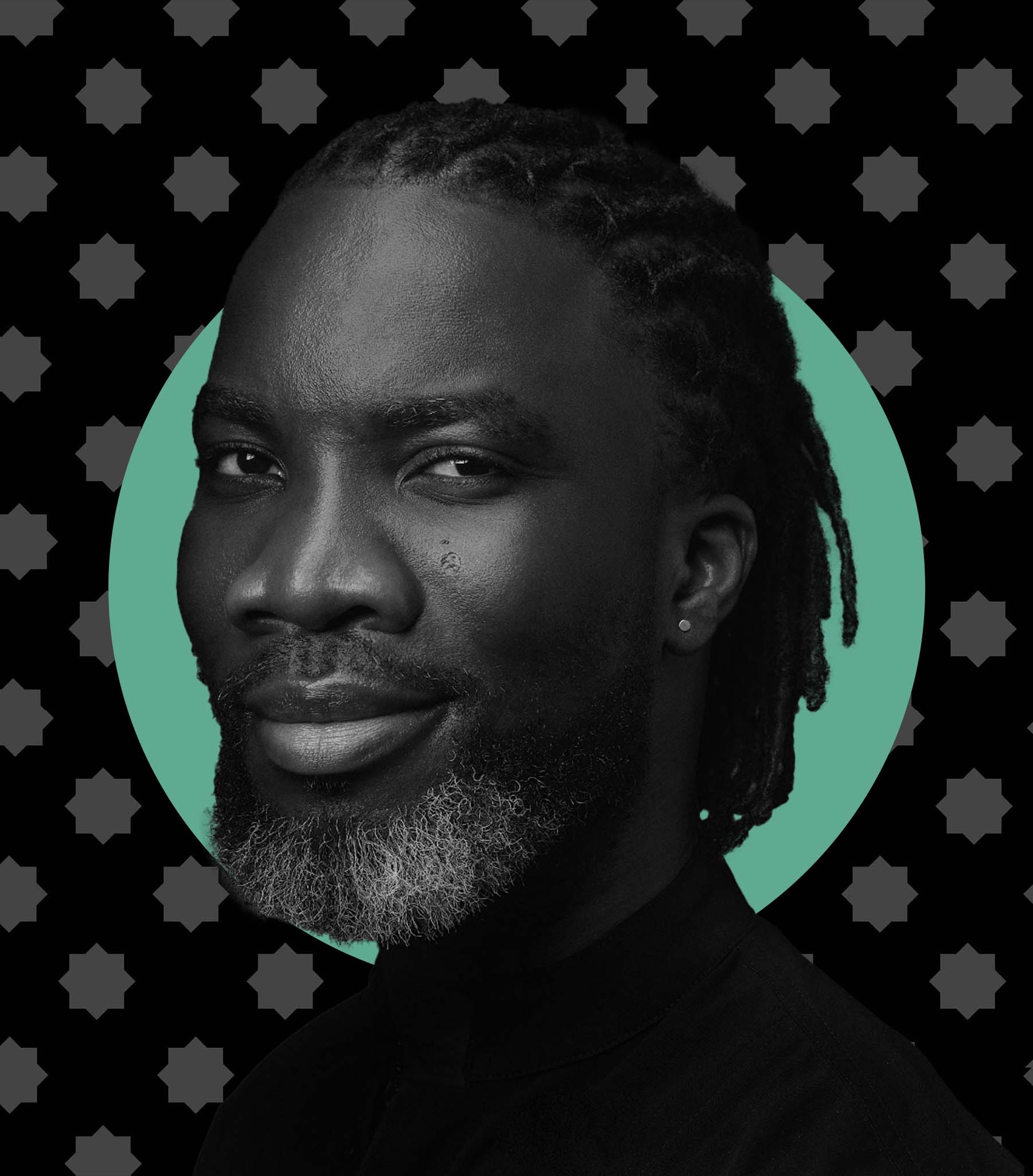 Olanrewaju Ali
Olanrewaju Ali Olanrewaju Ali generously shared his evocative photographs of individuals set against the backdrop of the Old Secretariat building. These portraits subtly speak to the building’s enduring presence in the lives of those who pass through it—connecting architecture to personal memory and lived experience.
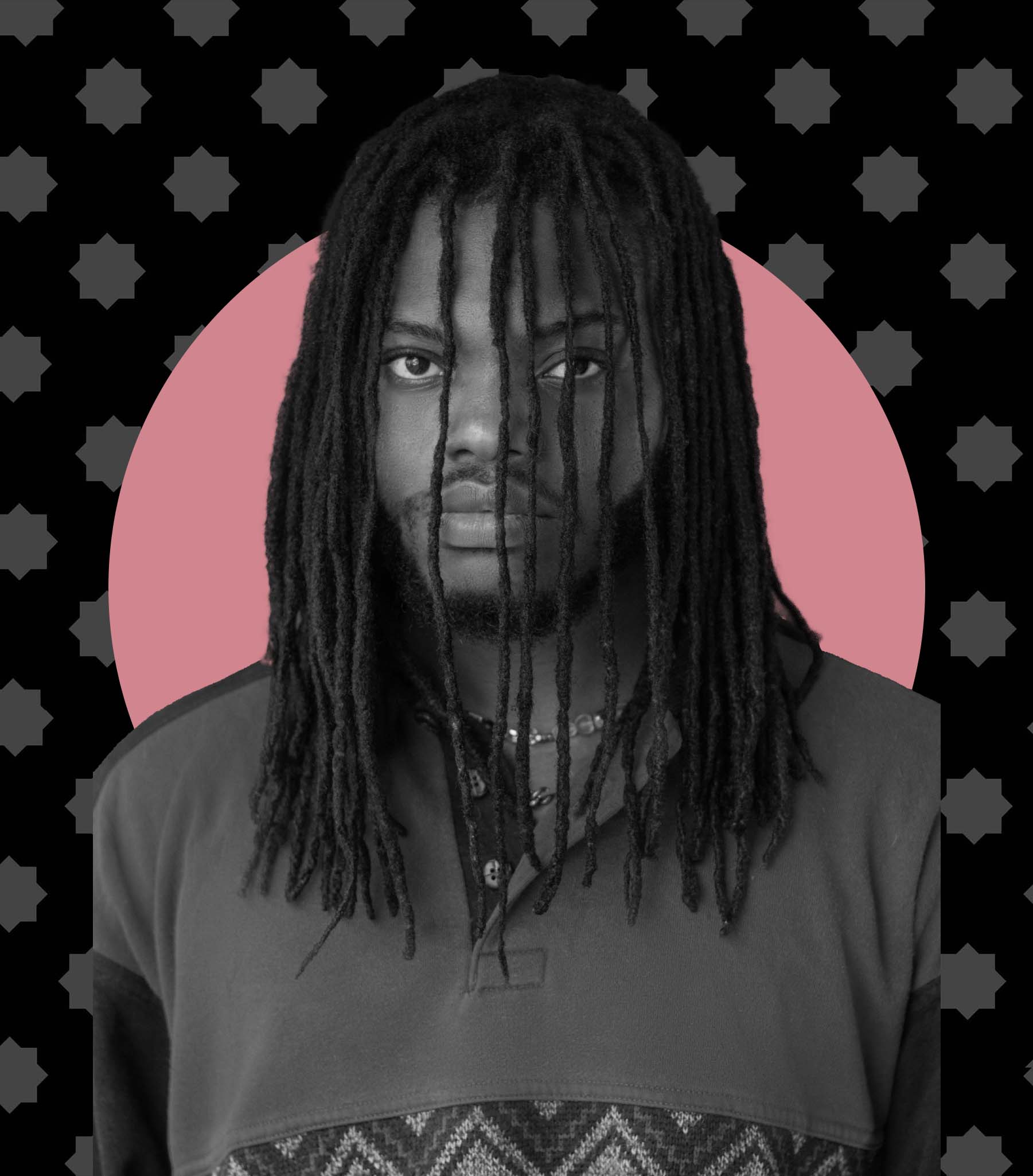 Noah Okwudini
Noah Okwudini Through his lens, Noah Okwudini approached the Old Secretariat building as a relic—capturing the texture, erosion, and silent power of a space suspended between abandonment and potential. His photographic documentation forms part of the visual archive grounding the TALE project’s curatorial narrative. In addition to his work behind the camera, Noah has contributed to the sound design of the project, helping shape the sonic atmosphere of the exhibition. His layered practice brings sensitivity to how silence, decay, and resonance are translated across visual and auditory forms.
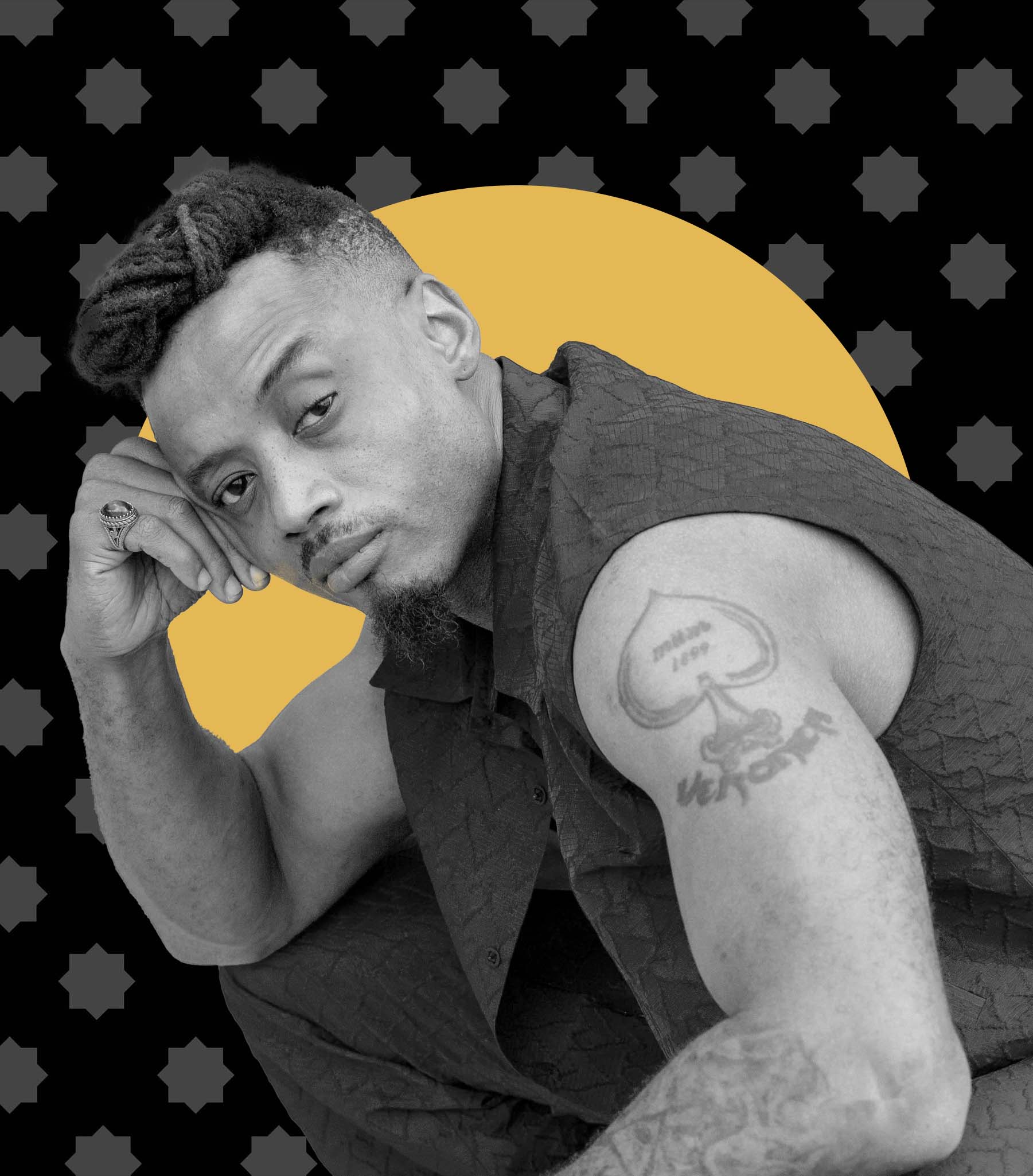 Daniel Austine (Superstar Ace)
Daniel Austine (Superstar Ace) Daniel Austine, also known as Superstar Ace, brought a bird’s-eye perspective to the TALE project through his contributions of aerial photography and drone videography. His sweeping captures of the Old Secretariat building offer an expansive view of its scale, geometry, and relationship to the city around it. These images not only serve as documentation but evoke the building’s monumentality and isolation—framing it as both a landmark and a threshold for imagination.
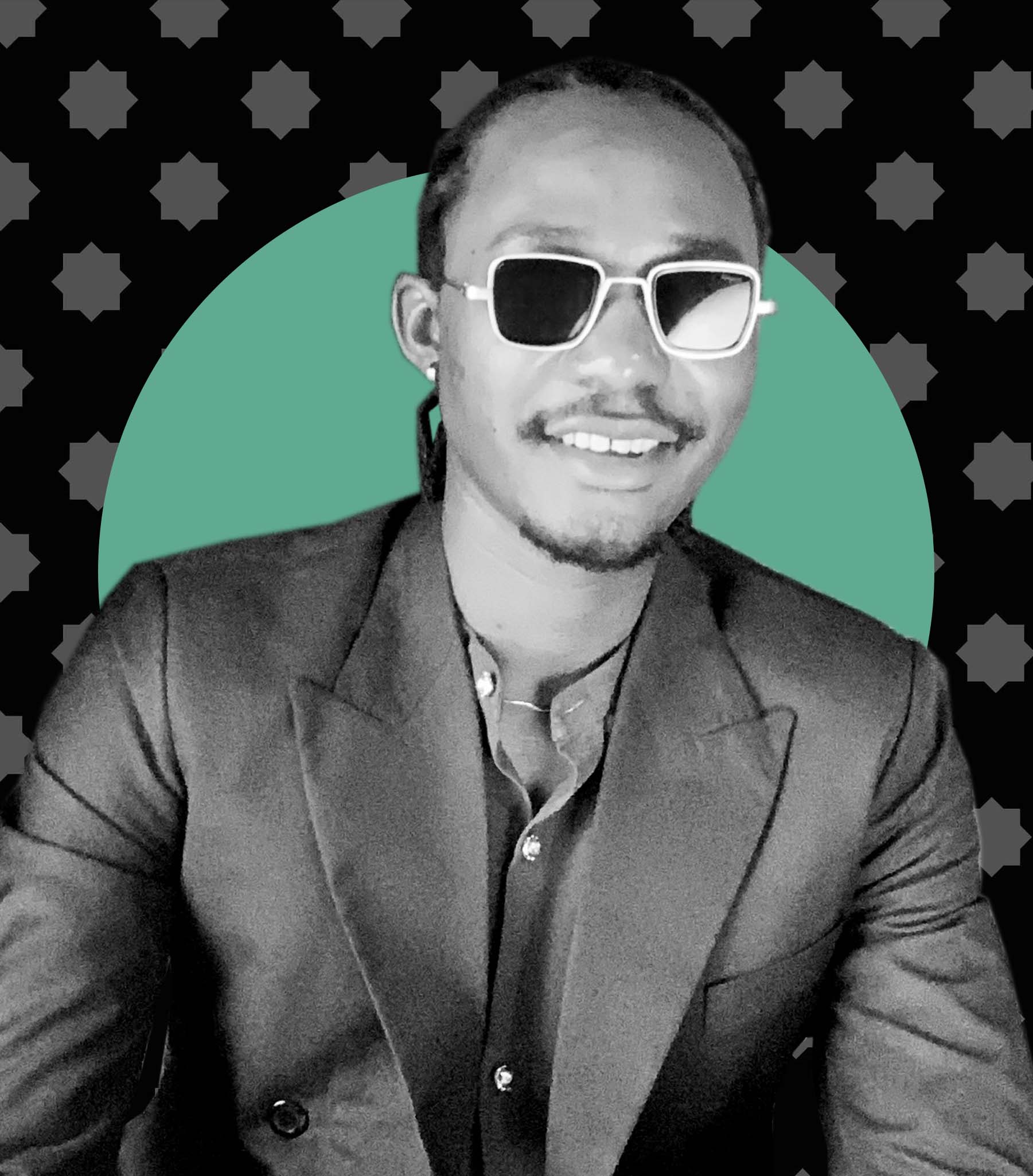 Charles Ofikhenua
Charles Ofikhenua Charles brought clarity, creativity, and technical precision to the digital expression of the TALE project. As designer and developer of the Creative Alliance website, Charles crafted a visually striking and intuitive platform that mirrors the layered narrative and spatial focus of our work. His design sensibility seamlessly blends aesthetics with storytelling, transforming research, imagery, and curatorial insight into a digital experience that is both accessible and immersive. Through his thoughtful design approach, Charles helped translate the spirit of TALE — its inquiry, beauty, and imagination into a space that lives beyond the exhibition.
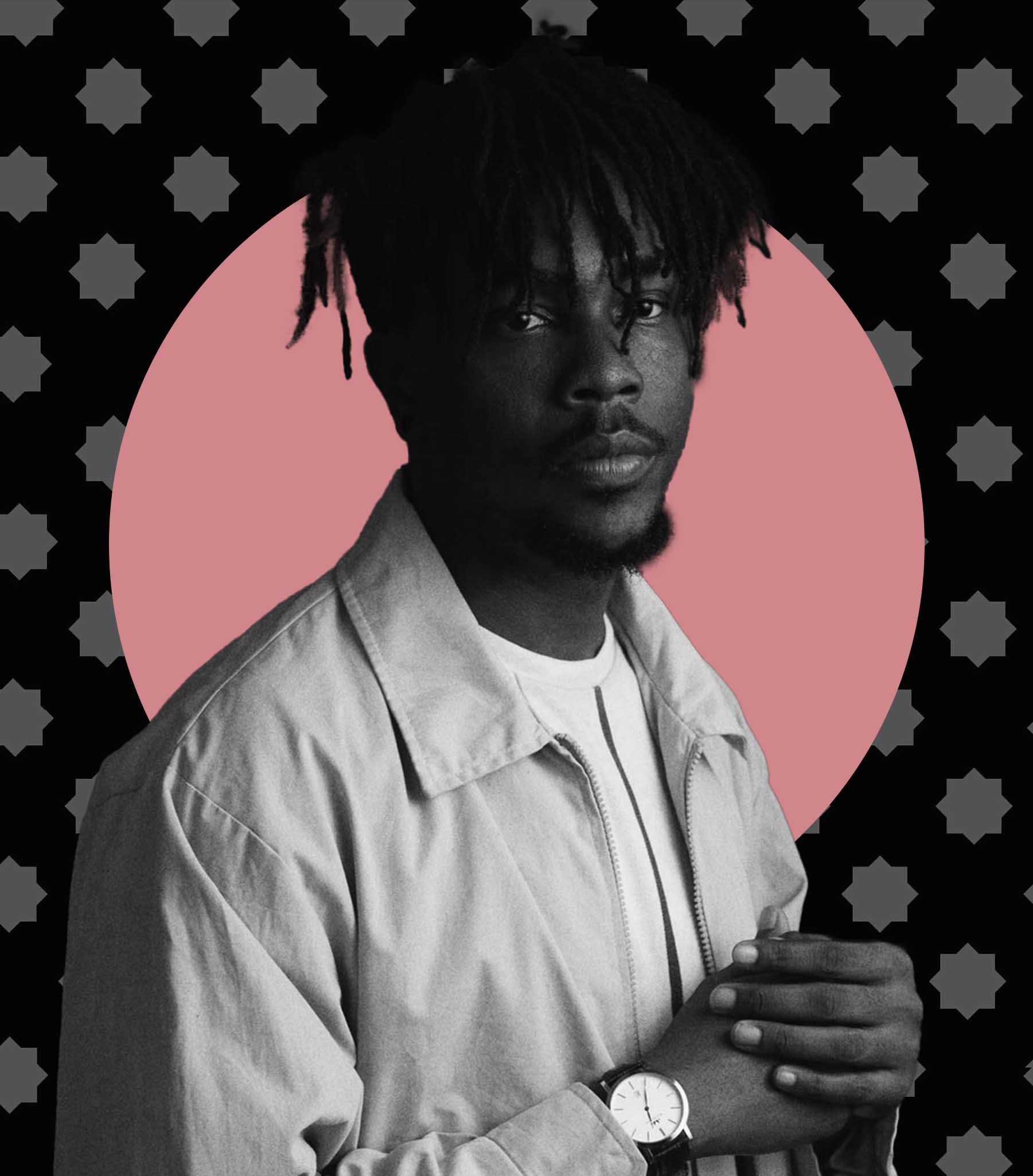 Jonathan Chambalin
Jonathan Chambalin Jonathan Chambalin works at the intersection of photography, installation, sound, and painting to explore how contemporary art can activate space and memory. With an evolving body of work that includes architectural photography, immersive installations, and kinetic sculpture, he brings a deeply experimental approach to visual storytelling. His lens has captured iconic buildings across Lagos for brands like adidas and Nahous, while his ongoing documentation of Nigeria’s art scene reflects a sustained engagement with cultural history and transformation.
Jonathan’s perspective offers a vital bridge between creative innovation and cultural preservation a resonance at the heart of the TALE project.
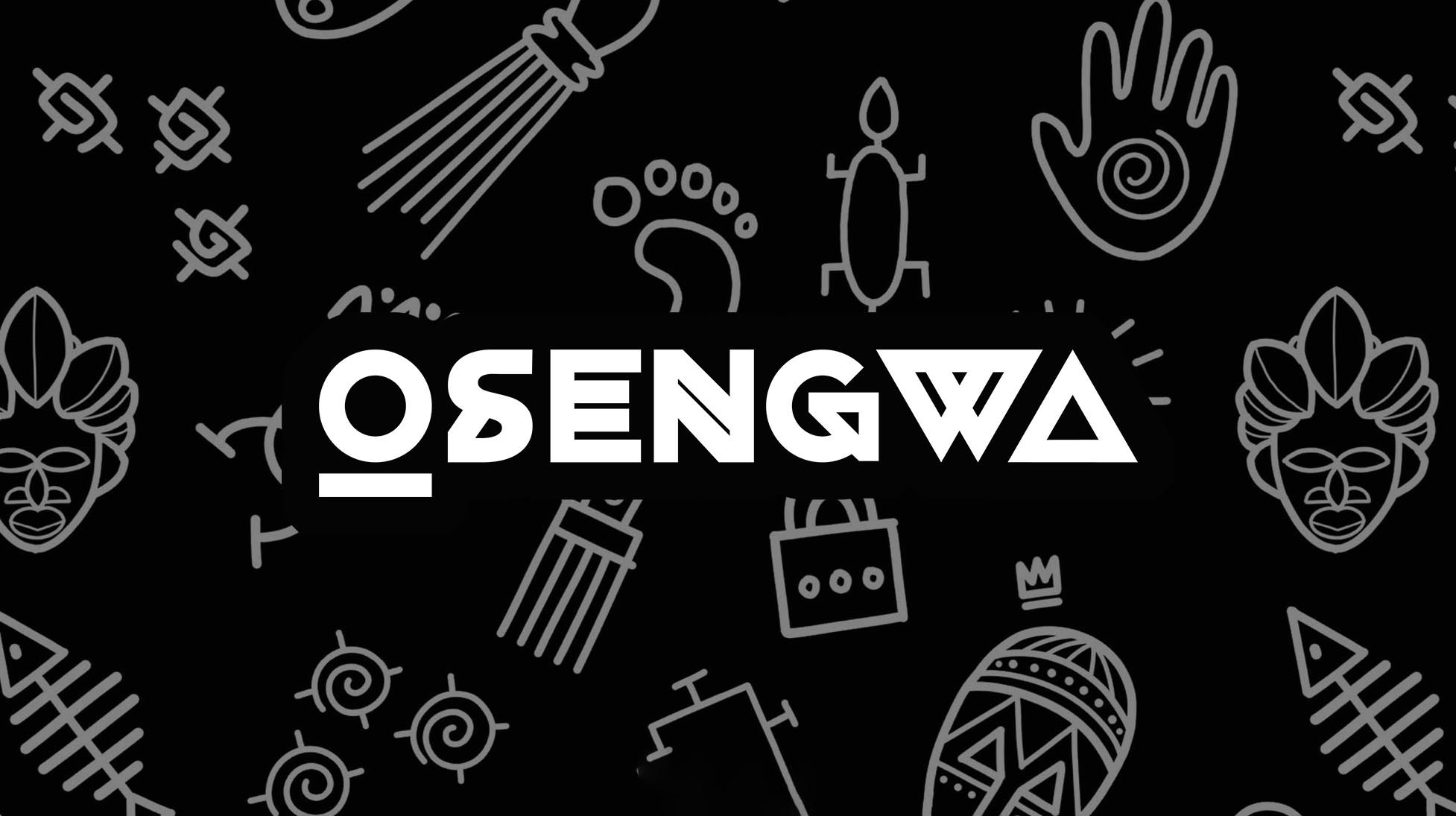
As a creative enterprise dedicated to championing contemporary African art and culture, OSENGWA provided strategic and on-the-ground support across multiple aspects of the TALE project. Their team contributed to the planning and execution of the project’s social media communications, exhibition production, and content capture. From coordinating behind-the-scenes documentation to supporting the visual storytelling of the project’s evolution, OSENGWA’s role helped ensure the TALE narrative reached a wider audience while maintaining artistic and curatorial integrity. Their presence has been a steady hand in shaping how the project is seen, experienced, and remembered.
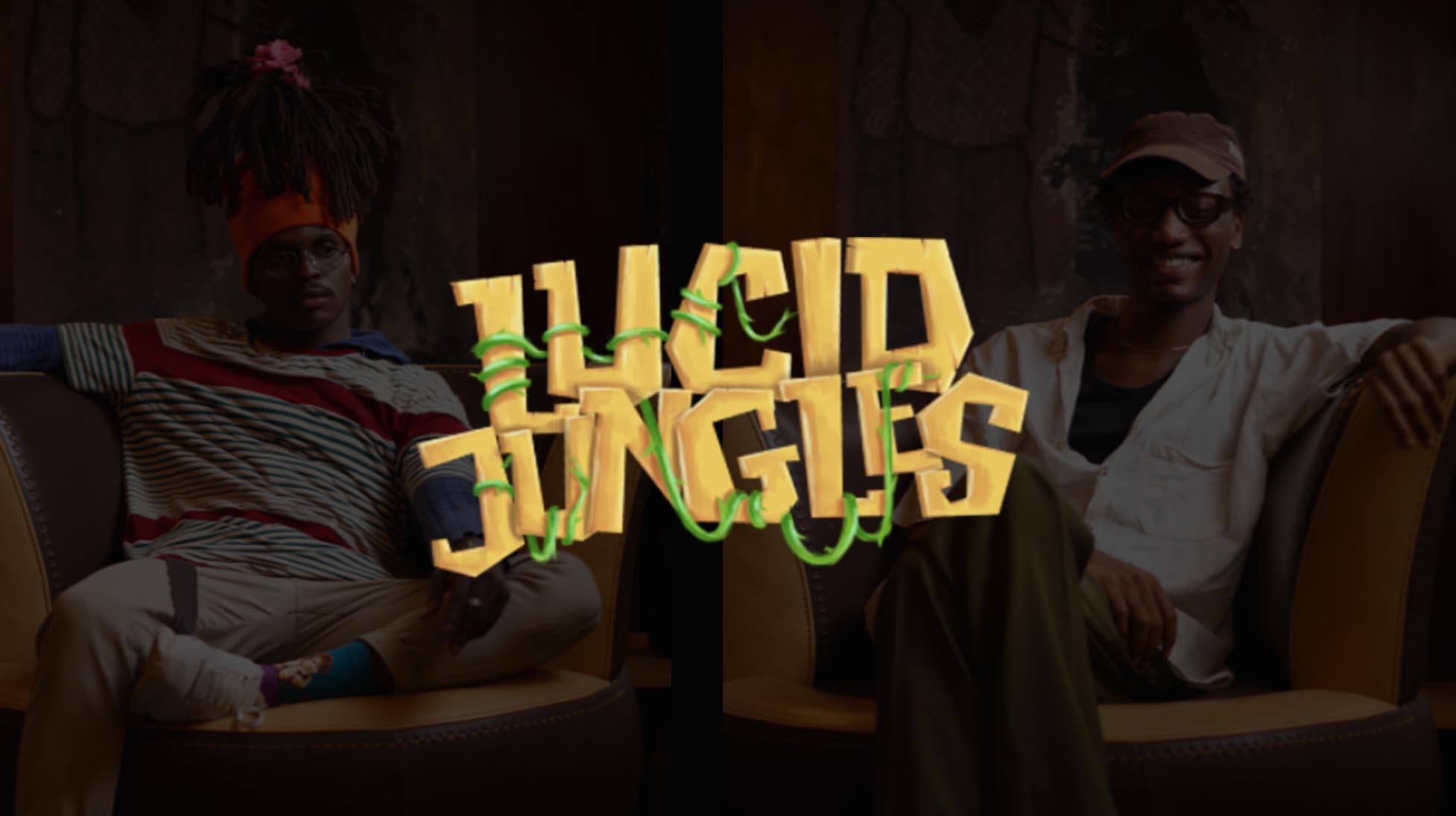
Lucid Jungles is an interdisciplinary creative studio working at the edge of technology, imagination, and African futurism. Co-founded by visual artist Bonzo and creative producer Mide Akindeko, the studio contributed an immersive video installation to the TALE exhibition that reimagines the Ministry of Justice building as a living, breathing entity—shifting through time and layered with ancestral energy, memory, and possibility. Their contribution invited audiences into a speculative world where the past and future of the building converge, offering an experiential meditation on loss, reclamation, and transformation. Through their practice, Lucid Jungles expands the TALE project’s exploration of space and memory into new visual and sensory territories.